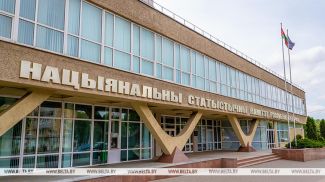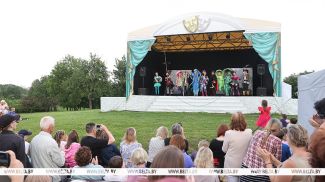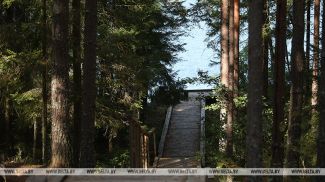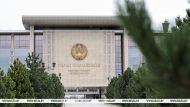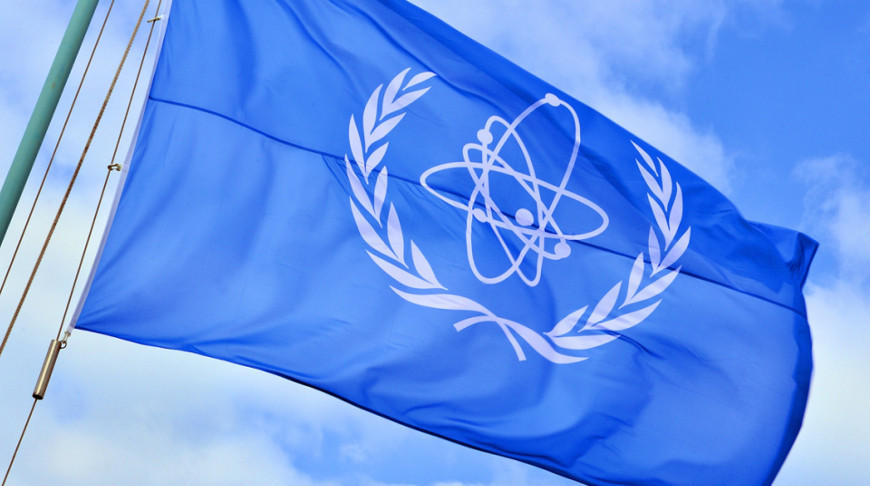
MINSK, 22 October (BelTA) - The IAEA provides support to Belarus in various fields and implements joint projects with the Energy Ministry, the Belarusian NPP, the Emergencies Ministry, the Healthcare Ministry and the national center for hydrometeorology, radioactive pollution control, and environmental monitoring Belgidromet, Azat Nurken, Programme Management Officer at the IAEA Department of Technical Cooperation, told BelTA following a working visit to the Belarusian NPP.
"Training courses are held for employees of government agencies, with expert support from the IAEA. These workshops and seminars are held not only in Minsk, but also in the regions of the country," Azat Nurken said.
Two new technical cooperation projects for 2026-2027 are in the pipeline. "Now they are at the development stage. Together with our Belarusian partners and representatives of the agency, we will hold a number of meetings to develop work plans for these projects," the expert said.The IAEA representative identified nuclear medicine, in particular, the use of nuclear technologies in the fight against cancer, as one of the topical areas of technical cooperation. “There are capacities to support Belarus in this area, including training of medical personnel,” he added.
During the working visit to BelNPP, the IAEA representative visited a number of key facilities of the plant, including the turbine department and the training center. A working meeting was held to review the implementation of technical cooperation projects. Azat Nurken thanked for the opportunity to get familiar with the operation of BelNPP. “This is a state-of-the-art facility with competent and professional staff,” he said.
Belarus has built its first nuclear power plant near Ostrovets, Grodno Oblast using the Russian design AES-2006 featuring two VVER-1200 reactors with the total output capacity of 2,400MW. The design boasts a dual protective shell and a core catcher that will stop radiation from leaking into the outside world. The design is compliant with requirements for the 3+ generation of nuclear power reactors. The new design provides protection against earthquakes, tsunamis, hurricanes and plane crashes.
The first unit of the Belarusian nuclear power plant was put into commercial operation in June 2021, with the second one going online in November 2023. The commercial operation stage was preceded by a large amount of work to check the readiness of technological systems and equipment for the development of thermal and electrical capacity, to conduct the necessary tests, and to train personnel.
"Training courses are held for employees of government agencies, with expert support from the IAEA. These workshops and seminars are held not only in Minsk, but also in the regions of the country," Azat Nurken said.
Two new technical cooperation projects for 2026-2027 are in the pipeline. "Now they are at the development stage. Together with our Belarusian partners and representatives of the agency, we will hold a number of meetings to develop work plans for these projects," the expert said.The IAEA representative identified nuclear medicine, in particular, the use of nuclear technologies in the fight against cancer, as one of the topical areas of technical cooperation. “There are capacities to support Belarus in this area, including training of medical personnel,” he added.
During the working visit to BelNPP, the IAEA representative visited a number of key facilities of the plant, including the turbine department and the training center. A working meeting was held to review the implementation of technical cooperation projects. Azat Nurken thanked for the opportunity to get familiar with the operation of BelNPP. “This is a state-of-the-art facility with competent and professional staff,” he said.
Belarus has built its first nuclear power plant near Ostrovets, Grodno Oblast using the Russian design AES-2006 featuring two VVER-1200 reactors with the total output capacity of 2,400MW. The design boasts a dual protective shell and a core catcher that will stop radiation from leaking into the outside world. The design is compliant with requirements for the 3+ generation of nuclear power reactors. The new design provides protection against earthquakes, tsunamis, hurricanes and plane crashes.
The first unit of the Belarusian nuclear power plant was put into commercial operation in June 2021, with the second one going online in November 2023. The commercial operation stage was preceded by a large amount of work to check the readiness of technological systems and equipment for the development of thermal and electrical capacity, to conduct the necessary tests, and to train personnel.






